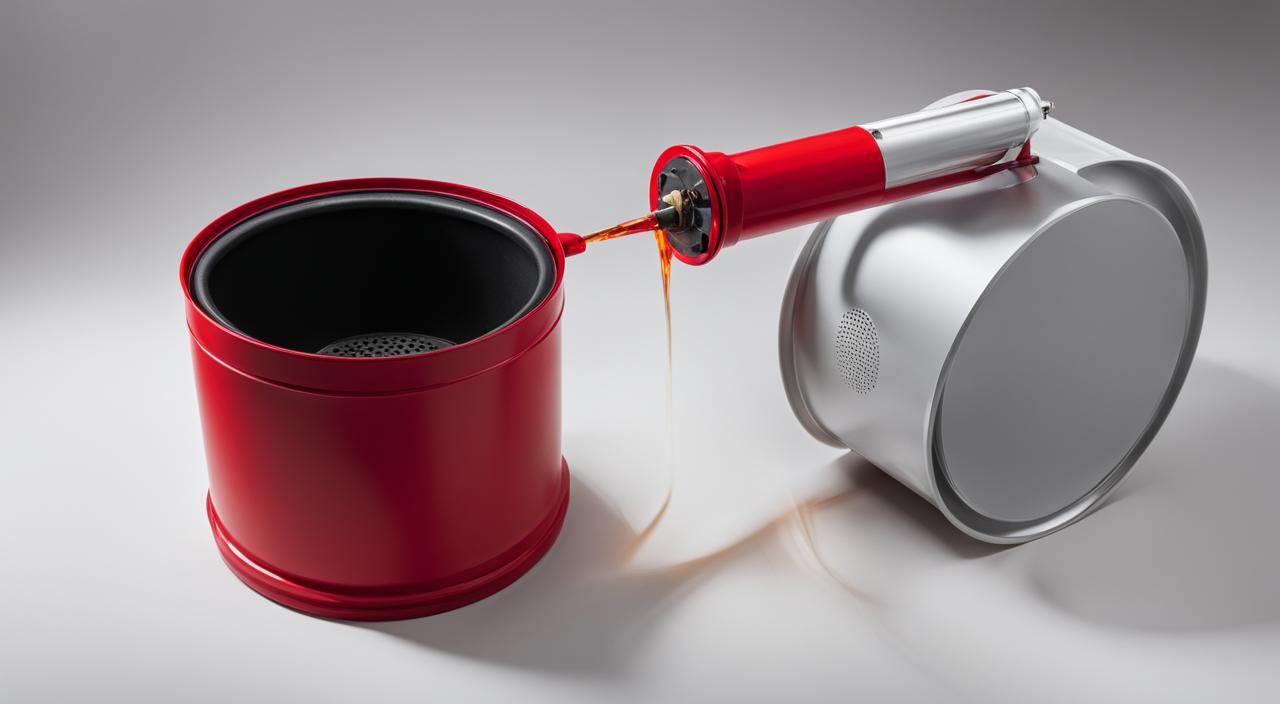
When it comes to safety in emergencies, knowing the correct procedure for using a fire extinguisher is crucial. Whether you are at work or at home, being prepared and knowledgeable can save lives and prevent further damage.
In this article, we will discuss the correct procedure for using a fire extinguisher, the different types of fire extinguishers and their uses, the steps for properly operating a fire extinguisher, and some important tips for usage and maintenance.
According to the Occupational Safety and Health Administration (OSHA), employers have a responsibility to educate their employees on the proper use of fire extinguishers. This education should be provided annually and when new employees are hired.
Employees designated to use fire extinguishers as part of the emergency action plan must also receive specialized training.
When responding to a fire, it is important to sound the fire alarm and call the fire department if necessary.
Before approaching the fire, identify a safe evacuation path and ensure that the fire, heat, or smoke does not obstruct it. Select the appropriate type of fire extinguisher based on the classification of the fire. Remember to discharge the extinguisher within its effective range using the P.A.S.S technique (pull, aim, squeeze, sweep).
If the fire extinguisher is empty and the fire is not out, or if the fire progresses beyond the incipient stage, it is crucial to evacuate immediately. Safety should always be the top priority when dealing with fires.
Stay tuned for the upcoming sections where we will discuss in detail the types of fire extinguishers and their uses, the steps for properly operating a fire extinguisher, and some important tips for usage and maintenance.
Types of Fire Extinguishers and Their Uses
When it comes to fire safety, having the right type of fire extinguisher can make all the difference. Different types of fires require different extinguishing agents to effectively put them out. Here are the most common classes of fires and the corresponding fire extinguisher types:
Class A: Ordinary combustibles
- Water extinguishers: These are suitable for fires involving common combustible materials such as wood, paper, and textiles.
- Class A foam extinguishers: These are also effective on Class A fires and create a barrier between the fuel and the oxygen to prevent re-ignition.
Class B: Flammable liquids and gases
- Carbon dioxide (CO2) extinguishers: These are designed for fires involving flammable liquids, such as gasoline, oil, and solvents. CO2 displaces oxygen, smothering the fire.
- Dry chemical extinguishers: These are versatile and can be used on both Class B and Class C fires (involving energized electrical equipment). They work by interrupting the chemical reaction of the fire.
Class C: Energized electrical equipment
- Halotron extinguishers: These are clean agent extinguishers that are safe to use on fires involving electrical equipment. They leave no residue and do not conduct electricity.
- Dry chemical extinguishers: As mentioned earlier, dry chemical extinguishers are also suitable for Class C fires.
Class D: Combustible metals
Class D fires involve combustible metals such as magnesium, titanium, potassium, and sodium. These fires require specialized extinguishing agents, such as powdered graphite or sand.
It is important to note that some fire extinguishers are multi-purpose and can be used on multiple classes of fires. However, it is crucial to check the fire extinguisher labels and ratings to ensure compatibility with the specific fire hazard.

Remember, using the wrong type of fire extinguisher can be ineffective or even dangerous. It is recommended to consult with a fire safety professional or your local fire department to determine the appropriate fire extinguisher types and their uses for your specific needs.
Steps for Properly Operating a Fire Extinguisher
When faced with a fire emergency, knowing how to properly operate a fire extinguisher can be crucial in containing the fire and protecting yourself and others. Here are the steps to follow:
- Assess the situation: Before attempting to use a fire extinguisher, make sure the fire is still in its incipient stage, meaning it is small and contained. If the fire is spreading rapidly or is already large, it is best to evacuate immediately and call the fire department.
- Sound the alarm: Activate the fire alarm to alert others in the vicinity about the fire. This will ensure that everyone can evacuate safely.
- Plan your escape route: Identify a clear path for evacuation that is safe and away from the fire. Do not let the fire, heat, or smoke come between you and your evacuation route.
- Select the appropriate extinguisher: Different types of fires require different types of extinguishers. Refer to the fire classification and the labels on the extinguisher to select the suitable one.
- Remember the PASS technique: The PASS technique stands for Pull, Aim, Squeeze, and Sweep. Pull the pin to unlock the extinguisher, aim at the base of the fire, squeeze the handle to release the extinguishing agent, and sweep the nozzle from side to side until the fire is out.
- Back away cautiously: Once the fire is extinguished, back away slowly and cautiously in case it flames up again. Stay alert and be prepared to take further action if necessary.
- Evacuate if necessary: If the fire is not fully extinguished, the extinguisher is empty, or the fire progresses beyond the incipient stage, do not hesitate to evacuate immediately. Your safety should always be the top priority.
Remember, these steps should be followed by your workplace’s emergency action plan and any specific training you have received. Regular practice and awareness of fire safety procedures can help save lives and minimize damage in the event of a fire.
Tips for Proper Fire Extinguisher Usage and Maintenance
Proper usage and maintenance of fire extinguishers are crucial for ensuring the safety of individuals in emergencies. Follow these tips to effectively handle fire extinguishers:
1. Familiarize Yourself with Fire Extinguisher Locations
Make sure you know the location of fire extinguishers in your surroundings. Take note of the nearest extinguisher to your workspace, home, or any other frequently visited area. This knowledge will help you act swiftly in case of a fire emergency.
2. Regularly Inspect Fire Extinguishers
Inspect fire extinguishers regularly to ensure they are in good working condition. Check the pressure gauge to see if it is within the recommended range. Verify that the extinguisher’s safety pin is intact, the nozzle is clear of any obstructions, and the tamper seal is intact. Report any damaged or dysfunctional extinguishers to the appropriate authorities immediately.
3. Learn and Practice the P.A.S.S Technique
The P.A.S.S technique (Pull, Aim, Squeeze, Sweep) is the recommended method for using a fire extinguisher effectively. Pull the pin to break the tamper seal, aim the nozzle at the base of the fire, squeeze the handle to discharge the extinguishing agent, and sweep from side to side to cover the entire fire area. Familiarize yourself with this technique and practice it regularly to be prepared for emergencies.
4. Knowing Fire Extinguisher Limitations
It is important to recognize the limitations of fire extinguishers. They are designed to tackle small fires in their early stages. If the fire is too large or spreading rapidly, it is advisable to evacuate immediately and contact the fire department. Remember, safety should always be the top priority, and extinguishers should only be used when it is safe to do so.
By following these tips, you can confidently handle fire extinguishers and contribute to a safer environment. Remember, prevention and preparedness are essential in minimizing the risk of fires and ensuring the well-being of everyone.






